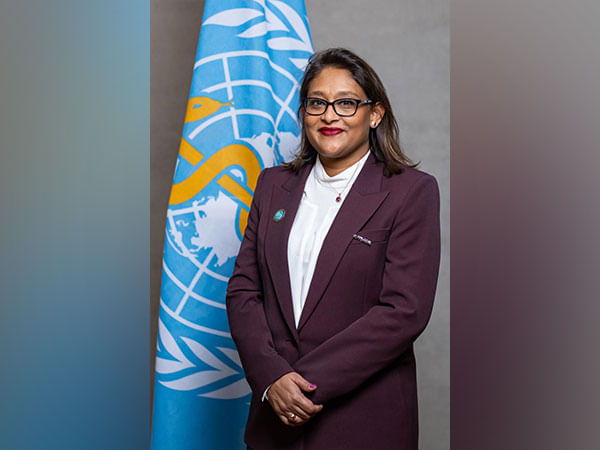New Delhi [India], October 8, (ANI): The Member States of the World Health Organisation South-East Asia region on Tuesday adopted a Ministerial Declaration on Adolescent-Responsive Health Systems committing to policies, resources and services tailored to the unique needs of this age group for a healthier and more equitable future for all.
“Adolescent-responsive health systems is not just about treating diseases–it’s about empowering a generation. Such systems ensure that adolescents can access high-quality, inclusive, and respectful health services without financial barriers anywhere, including services for mental health, well-being and disability,” said Saima Wazed, Regional Director of WHO South-East Asia, at the ministerial round table on adolescent responsive health systems during the ongoing 77th Regional Committee Session of WHO South-East Asia Region.
The Declaration was signed at the end of the ministerial round table by the Ministers of Health and WHO leadership. It emphasises on adolescent-responsive health system as the crucial strategy to strengthen a PHC (primary health care)-oriented health system and achieve universal health coverage.
The Member States agreed to enhance national and subnational financial and human resource mobilisation and allocation, including investment for accelerated actions for adolescent health and well-being through effective adolescent health programmes, cost-effective interventions including school health programmes, adolescent-friendly health services, comprehensive health education, mental health support and optimal use of digital technology including enforcement of relevant laws and regulations.
Promoting meaningful whole-of-society participation of and contribution from stakeholders, including adolescents, families, and communities, on an inclusive and mutually respectful basis, in raising public awareness, and promoting adolescent health throughout the programme cycle, right from planning to implementation, monitoring progress and accountability, are among the key highlights of the Declaration.
The Member States also committed to include adolescent health monitoring frameworks, including adolescent-specific indicators in routine health management and information systems and ensuring that data is regularly collected, analysed, and utilized for policy and programmatic improvement at all levels, as well as regular assessment of health systems responsiveness towards the needs of adolescents.
Adolescence, the period from 10-19 years of age, is one of the most transformative phases of human development with rapid physical, cognitive, emotional, social and sexual changes that lay the foundation for lifelong health and well-being.
The WHO South-East Asia Region accounts for 27 per cent of the world’s total adolescent population, nearly 360 million young people, which is the highest for any region.
Mental and neurological conditions along with self-harm and substance abuse are an increasing cause of illnesses among adolescents, up from 18 per cent to 25 per cent in the same period. Non-communicable diseases now contribute to 27 per cent of health issues among adolescents.
Nearly 2 million girls 15 to 19 years give birth annually in the WHO South-East Asia region, and the adolescent population bears the triple burden of malnutrition — 22 per cent of adolescents are underweight, 8 per cent overweight and a high prevalence of nutritional deficiencies like iron deficiency anaemia.
Appreciating the progress made by the countries in institutionalizing adolescent-friendly health services, the Regional Director observed that the focus so far has been on health facilities and curative care, largely overlooking a health systems approach with provision of a more comprehensive package of care that includes preventive, promotive and rehabilitative services, information provision, and counselling.
The Regional Director said for every dollar spent on adolescent health, there is upto 10 times the return on investment. “Investments in adolescent health provide triple dividend–benefits today, for decades to come, and for future generations,” she said.
Wazed further said, “Investing in the health of women, girls, adolescents and vulnerable populations is among the tactical approaches adopted for a healthier, more equitable and sustainable region.” (ANI)
This report is auto-generated from ANI news service. ThePrint holds no responsibility for its content.






